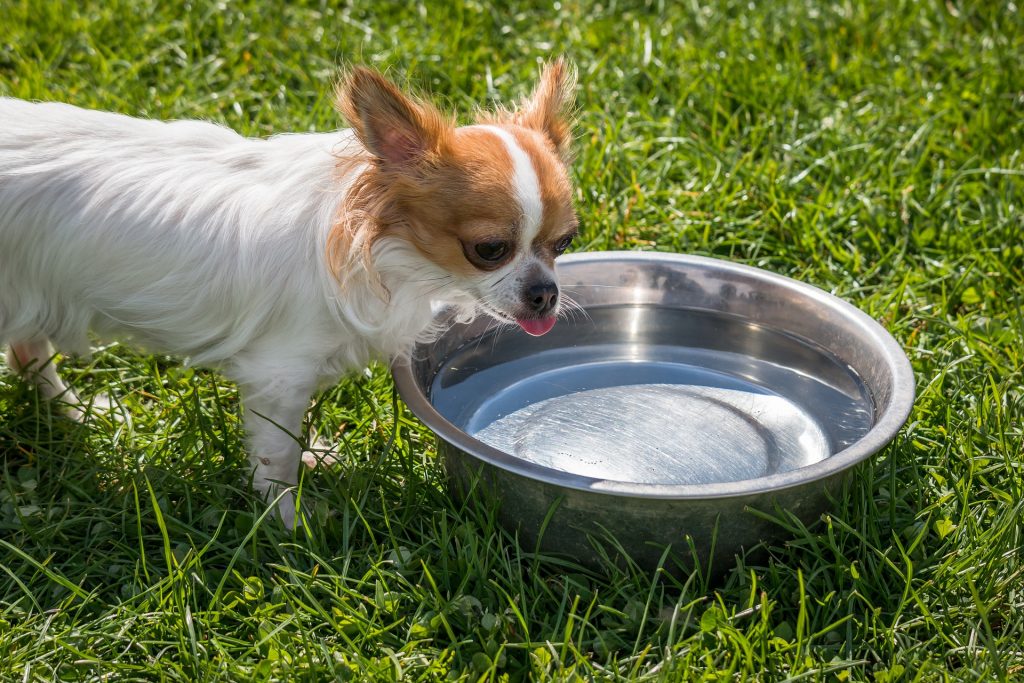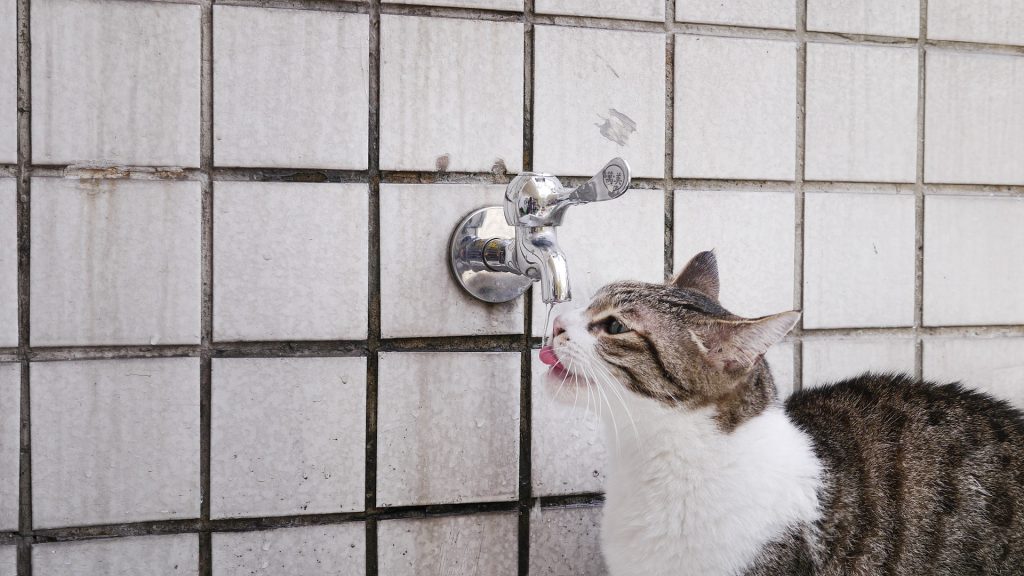It is important for us humans to stay hydrated because if we don’t, the consequences can be severe. In some cases, they even lead to death, especially if the weather warrants drinking lots of water. In a similar vein, plants die if they are not watered. Water and sunlight are literally the proverbial life force without which plants wouldn’t even exist. Now, plenty of us know these facts about these two types of living beings, however, what is strange is that a huge number of people, especially pet owners, are very lackluster or downright unaware about not only keeping their pets hydrated but in general about pet hydration and dehydration.
In this blog, we will be looking at the importance of keeping the pets hydrated as well as the lack of knowledge and Ignorance about pet hydration.
According to a recent study, 70% of the pet owners don’t know how to differentiate between a hydrated and a dehydrated pet. Similarly, almost half of the pet owners are unsure about the amount of water they think their pet realistically requires to function at an optimal level on a day to day basis. This study is consistent with another one from Canada where 66% of the people were unaware of the common symptoms of dehydration in pets i.e. lack of energy and weariness/lethargy.

Signs of Dehydration in Pets and Common Misconceptions
Apart from an uncharacteristic energy loss, the other common symptoms of dehydration in pets include the following:
- Loss of appetite as the pet would refuse to eat even its favourite foods.
- Dry mouth and gums with the latter having a darker colour due to lack of water in the body.
- Depression which is expressed via lethargy and a lack of interest in any activities.
- Eyes sunken which also suggests dehydration.
- Skin losing elasticity which can be checked by gently pinching the skin at the back of the neck. If it makes a tent, then it is surely dehydration.
Contrary to popular belief, panting never means dehydration, panting occurs due to other reasons unrelated to dehydration. Similarly, checking the temperature of a pet’s nose is not the most viable method to assess if the pet is hydrated.
How To Keep Pets Hydrated
- Always have fresh water available at your home and wherever you take your pets. You should also have the means to make the pet drink said water.
- Buy pet Fountains for ease of access. Pets like fountains because of running water and multiple streams.
- Keep the drinking spots away from foot traffic, Pets want to feel secure while drinking that is why there shouldn’t be a lot of movement around them when they are treating themselves.
- Take water with you on commutes if you have the pet(s) with. This will keep the pet hydrated throughout the journey ad after you reach your destination.

In addition to these steps, you must not let your pets drink from toilets, showers or from water puddles inside the house or outside. This and giving your pets items like tea, coffee, milk, carbonated water and soda are considered to be bad habits and early indicators that your pet may suffer from dehydration in the near future. This is because a fully hydrated pet wouldn’t be interested in such items from the get go.
It is important for all pet owners to know that a pet’s water requirement is approximately 60 to 70ml per every kilogram of their weight. While giving them water, you must also keep track as excessive water can also be a problem. Pets who eat dry food require more water compared to those who mainly wet food. Knowing this information makes a world of a difference in taking better care of pets and giving them a good life.
Learn more about pets and pet care, visit SunnydaysPets.co.uk or contact us at 07828 876 660 for a variety of pet care services.